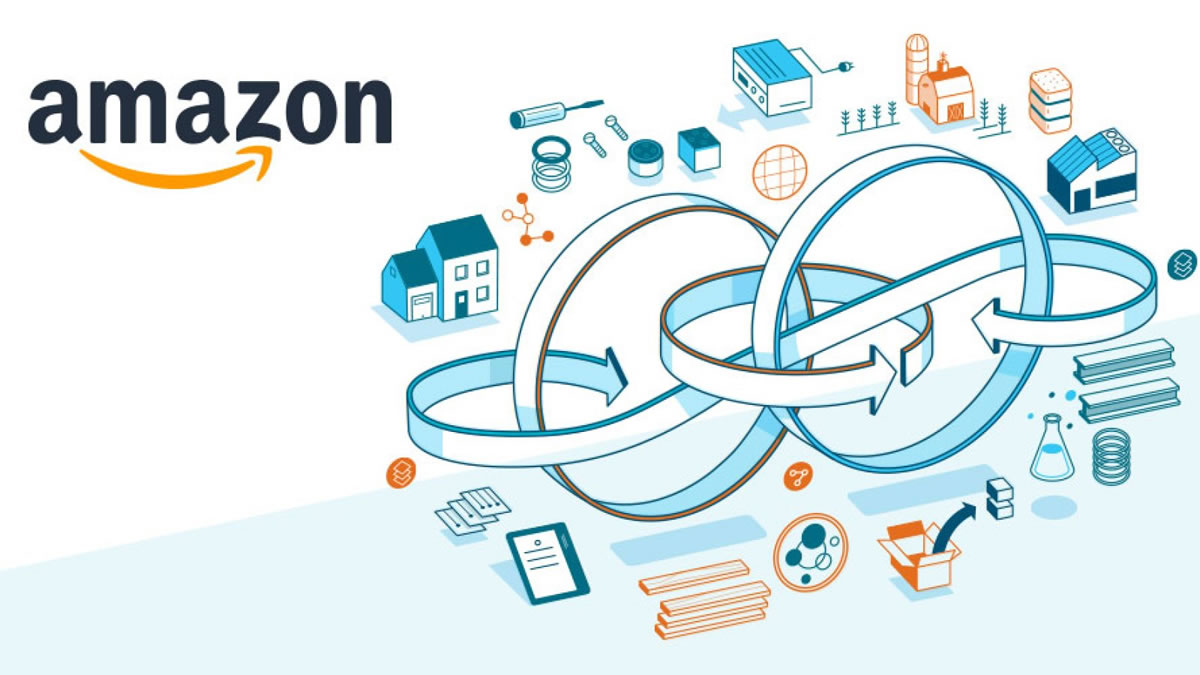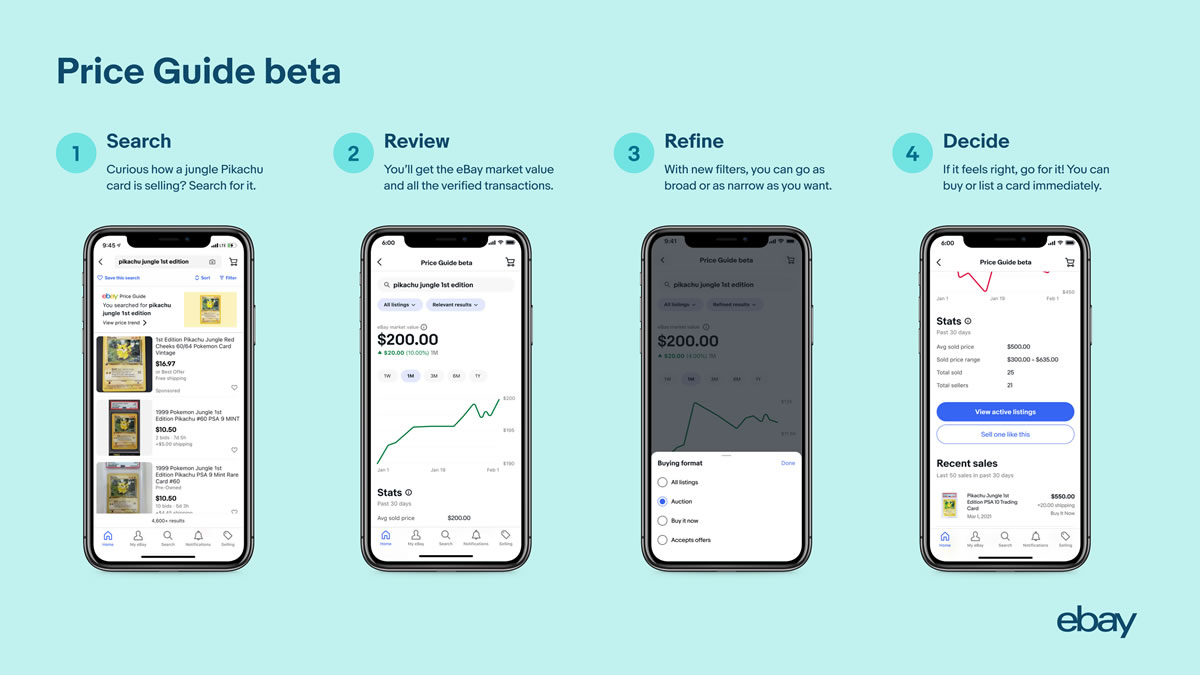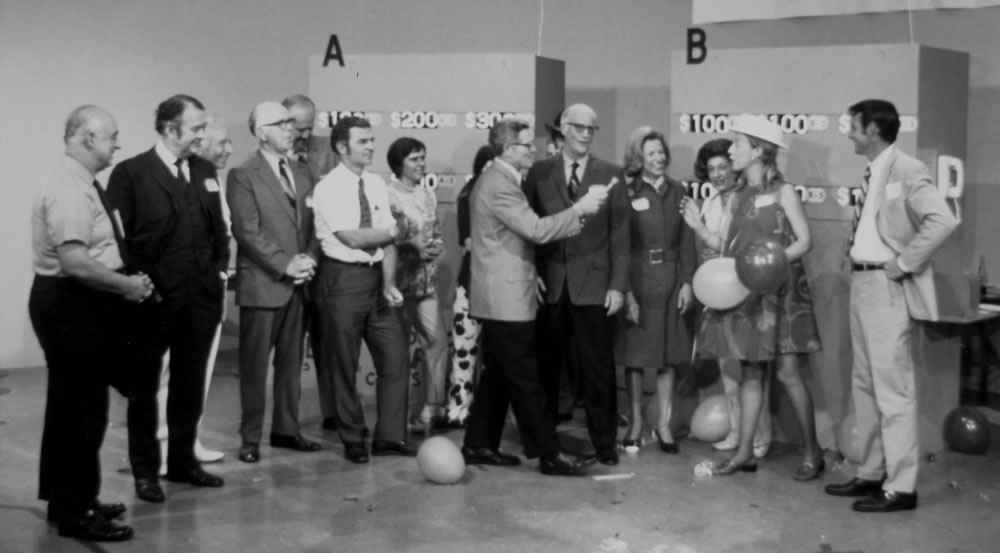The Web Retailer News Digest for August 13th, 2021
In a significant update to its 20-year-old program, Amazon has announced an expansion to the customer A-to-z Guarantee from September 1st, to include compensation for injuries and damage caused by defective products.
If a customer makes a claim under the A-to-z Guarantee, Amazon will itself resolve the case and pay out if the amount is under $1,000. This typically makes up 80% of claims filed. Amazon will make payments without asking for reimbursement from sellers or their insurance providers, as long as they comply with Amazon policies and have valid insurance.
The second part of the announcement reveals the new Amazon Insurance Accelerator, a network of providers offering commercial liability insurance to Amazon sellers. There is already a requirement for sellers to have liability insurance, and Amazon says its network offers competitive rates and makes it easier for sellers to find a provider. Sellers can continue to use insurers outside Amazon’s network if they wish.
The announcement boasts that the updated program is better for both customers and sellers, but is that really the case?
Amazon helps customers make claims against sellers
First, let’s examine the new system for processing claims of personal injury or property damage caused by defective products.
Amazon’s fresh A-to-z scheme will facilitate claim resolution between the customer, seller, and insurance companies in the event that a product causes injury or damage to property. Customers contact Amazon, who will then contact the seller (and their insurer) to provide a resolution. If the seller is unresponsive, Amazon will handle the claim themselves, using their “advanced fraud and abuse detection systems with external, independent insurance fraud experts to analyze the claim.”
Overall, the announcement certainly seems beneficial to customers (easier injury or damage claim resolution), sellers (Amazon handles low value payouts, no reimbursement required), and Amazon (good PR, covering themselves on defective product issues, getting a piece of the liability insurance pie).
But as always, a big announcement from Amazon brings up big questions: Why this move right now? How will this affect sellers? And what is the agenda behind these moves to settle claims and provide insurance options to sellers?
Why now?
The “why now?” part of this announcement is easy to unpack. Amazon has long had issues stopping faulty, unsafe, and expired products from being sold on the marketplace. Lately, this has come under scrutiny by regulators, lawmakers, and the courts. For example, in July the US Consumer Product Safety Commission (CPSC) sued Amazon over its handling of product recalls. Last year, a California court found Amazon liable for a computer battery sold by a marketplace seller that exploded and injured a customer.
While Amazon and other marketplaces like eBay have often hidden behind the claim that they are a facilitator and not a seller (and therefore not liable), the legal tide has been turning against them. There has been a greater push to hold marketplaces accountable for unsafe products that they allow to be sold. The modified A-z Guarantee seems like an effort to get out in front of these issues by having Amazon settle 80% of the claims themselves – and we all know they can afford it.
What does it mean for sellers?
For sellers, while the new settlement process looks like a boon on the surface, it raises a new series of valid concerns.
Knowing that getting a sub-$1000 payout from Amazon is now easier than before, will the number of bogus or fraudulent claims skyrocket? Will the lure of “easy money” embolden the various criminal fraudsters who prey on sellers with their knowledge of Amazon’s return policies to make illicit financial gains?
As a bookseller on the Seller Forum points out, perhaps there will be a rise in people claiming paper-cut injuries to try and cash in – and then books might be flagged as dangerous products.
Or will Amazon find loopholes in the “sellers who abide by our policies” part of the plan and frequently demand restitution? Will product liability insurance premiums go through the roof as a result of all this?
The new insurance network also begs a few questions. In the future, will Amazon require sellers to purchase insurance directly from them? Another seller on the forum points out how this feels like paying “protection money” to the local mob.
While it’s unlikely Don Vito will be coming to anyone’s Amazon store, this, like many other Amazon moves, has the feel of Amazon creeping ever further into the running of third-party sellers’ businesses.
If there is a hidden agenda, perhaps that is it: imposing more and more control over how marketplace sellers operate. However, at this point, the benefits of the updated A-z Guarantee are pretty clear, and they seem to outweigh the speculated negatives for all concerned.
Other news this week
Amazon announces liquidation program… again

In a replay of a song we’ve heard a few times before, Amazon has announced its official programs to help sellers liquidate unsold, returned, and overstocked inventory.
Billed as part of Amazon’s commitment to small business sustainability and a circular economy, these FBA programs are designed to keep approximately 300 million products out of the trash and put them into the hands of customers.
The FBA Liquidations program allows sellers to liquidate returns and overstocked products via Amazon’s wholesale liquidation partners. The program is now live in multiple marketplaces: the US, France, Germany, Spain, and Italy – and coming soon to the UK.
The FBA Grade and Resell program allows third-party sellers to sell used products on the marketplace instead of having them sent back or destroyed. Following a grading process by Amazon, sellers can resell items in a used condition (Used – Like New, Used – Very Good, Used – Good, or Used – Acceptable). This program is available now in the UK, by the end of 2021 in the US, and in 2022 for France, Germany, Spain, and Italy.
If all this sounds a bit familiar, it’s probably because you have déjà vu. Amazon was piloting this program back in late 2020, perhaps in an attempt to cut out b-stock brokers from grabbing Amazon sellers’ returned goods and putting them straight back on the marketplace for sale as new. Then in June this year, these programs came out of beta and went live.
The new announcement seems like an attempt to fill some dead space, bolster Amazon’s green credentials, and bring awareness (again) to these programs.
That said, both programs offer convenience for sellers who have used, overstock, and unsold merch to move and don’t want to dive into the murky waters of the liquidation business directly. Maintaining some control allows sellers to influence pricing and not cannibalize their own listings, so on the whole, the programs have tangible benefits beyond keeping a bunch of old products out of the bin.
Read more at About Amazon.
eBay modernizes Stores experience
The venerable marketplace that connects buyers and sellers globally has announced some new improvements to eBay Stores.
The new features include:
- A modernized edit store function;
- A Store categories redesign;
- And an upgraded Store newsletter.
While not exactly earth-shaking, the most exciting part of the announcement was the stinger: “Be on the lookout for more enhancements in the future.” Could primitive, clunky, and outdated eBay finally be getting modernized? As the Magic 8-Ball says, signs point to yes.
A recent video drop from eBay on YouTube titled “Reimagining eBay’s product experience” voices their commitment to modernizing the marketplace. As anyone who has sold or shopped on eBay knows, this is way overdue.
eBay’s platform tech is generally seen as antiquated, not updated regularly, and in various stages of development – some pages look pretty modern, and some seem straight from 1995. Sellers have noted many issues, including inconsistent nomenclature, dashboards appearing differently in different locations, odd URLs, and unattractive Stores.
Is this minor tweak to Stores a sign of things to come? Is eBay going to address the platform’s outstanding technical debt finally and modernize it to a, dare we dream, Amazon-esque level?
It seems renovations are underway. We eagerly await the reveal of a shiny, new, state-of-the-art eBay soon.
Read more at eBay Community.
eBay launches new trading cards tools
Capitalizing on their ongoing success in the burgeoning trading card market, eBay has released two new tools to “allow users to create personal trading card portfolios to view, manage, track the value of and list items.“
The Price Guide and Collection tools have launched in beta and are available on mobile (Android and Apple) and desktop through eBay. With a US trading card GMV of over $1 billion in Q1 2021 alone, eBay is well-positioned to offer enthusiasts new ways to share and add to their collections.

The new tools are eBay’s latest offerings catering to trading card collectors and sellers. In March 2021, they announced a new tool to help trading card sellers list quicker. This June, eBay tightened up the return window to three days for trading cards to stop buyers from abusing the system when the price drops on cards they have recently purchased.
During the pandemic, the trading card market has exploded, and eBay has been the platform seeing the most benefit of the surge. Four million more cards were sold on eBay in 2020 than in 2019. In Q1 2021 alone, almost 18 million cards were sold on eBay – an average of 139 cards per minute!
Creating intelligent new tools to capture this niche is a savvy move for the platform and should only help increase transactions in the future.
Read more at eBay Inc.
Also in the news
- Amazon India’s second-largest seller Cloudtail is closing down. Read more at The Economic Times.
- Amazon and GoPro filed a joint lawsuit against counterfeiters. Read more at Amazon Press Room.
- Instagram tests a new ad format within Instagram Shops. Read more at TechCrunch.
- Turkey’s top marketplace Trendyol raises $1.5 billion. Read more at Reuters.
Webinars in the week ahead
For everyone
Various dates: Amazon advertising’s global webinar program rolls on with 20+ webinars scheduled, covering Sponsored Products, Sponsored Brands, reporting, optimization and tips (Amazon).
For US sellers
Various dates: Amazon Small Business Academy Pathways series (Amazon).
August 18: Amazon DSP: A First-Mover Advantage for Private Label Brands (eComEngine).
For UK sellers
August 18: Navigating International Selling in a Post-Brexit World (ChannelAdvisor).
And finally…
Amazon employees can win $500,000 for getting vaccinated

Amazon – the company that brought you meditation booths for stressed-out warehouse workers – has started a ridiculous new program to encourage COVID-19 vaccination among its employees.
Rather than mandate vaccines for its 1.3 million employees – or pay unvaccinated workers a stipend of more than the $80 previously offered – Amazon has gone hard in the opposite direction.
The plan? A corporate lottery program rewards vaxxed wage slaves with new cars, luxe vacation packages, and up to <cough> $500,000 in cold, hard, use-sanitizer-after-you-touch-it cash.
The name of the program? Max Your Vax. Is it the worst game show name ever? Quite possibly.
This is not the first time expensive car giveaways and Amazon have been associated. In July, we reported that Amazon aggregator Acquco was giving away Teslas to anyone that referred them to an Amazon seller that they went on to buy.
With Max Your Vax (perhaps hosted by a virtual rolling-over-in-his-grave Alex Trebek), Amazon hopes to get vaccine hold-outs motivated to join in the hunt for one of the eighteen prizes to be awarded.
With the increased demand brought on by the pandemic and the specter of warehouse outbreaks in Canada lingering, desperation for more healthy workers has set in. In the face of a rising global death toll, the program seems silly and even morbid, as well as an indictment of current levels of common sense.
For those tracking such things, mandatory masking, whether vaccinated or not, will resume at logistics facilities on October 9. Too little, too late? Or a back-handed motivation to get jabbed and win a vacation? I’ll take door #3, Ghost Alex.
With Jeff Bezos in orbit and a cool half-million potentially available to any Amazon box handler, these are certainly interesting pandemic times at the world’s biggest online retailer.
Read more at BNN Bloomberg.

Leave a Reply